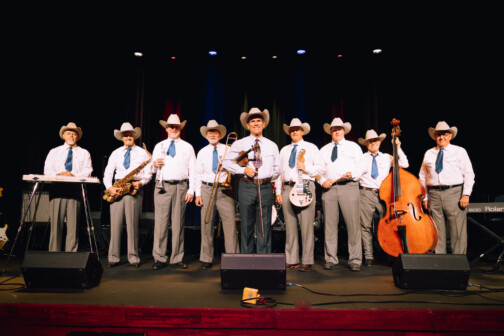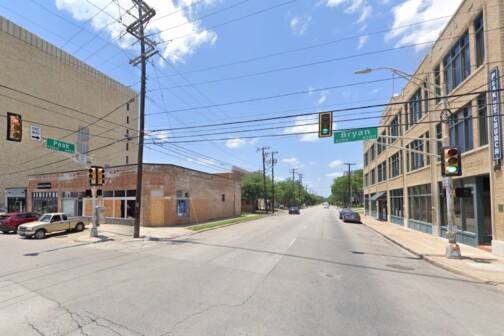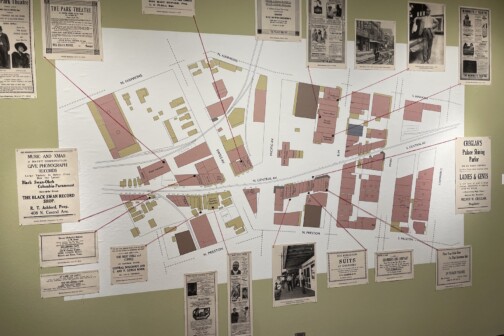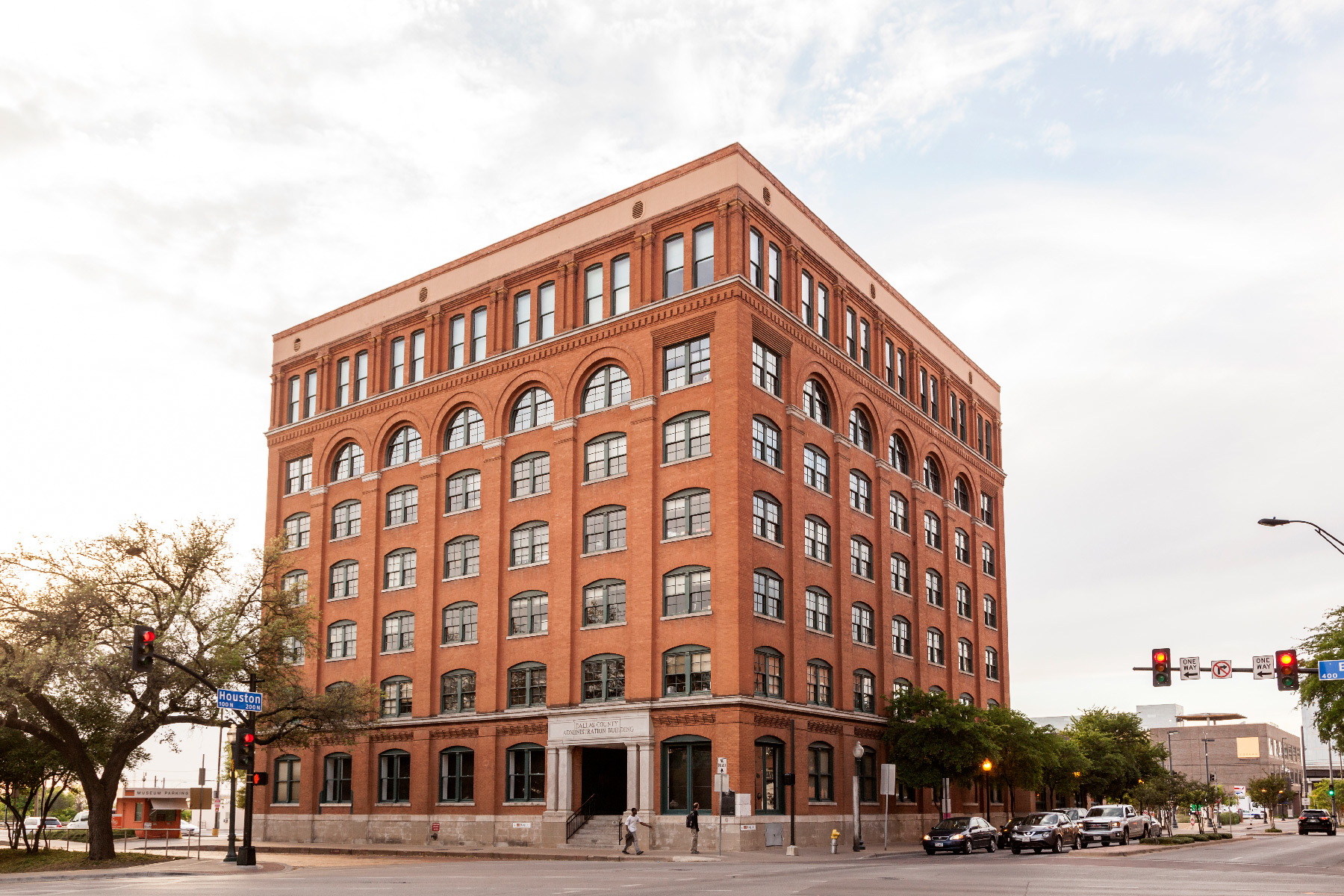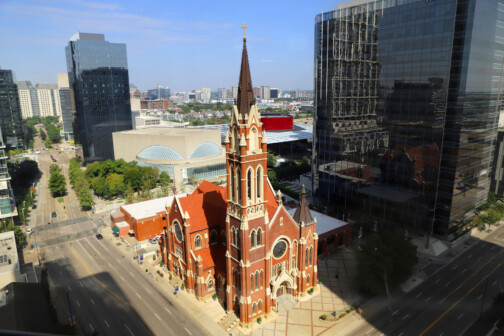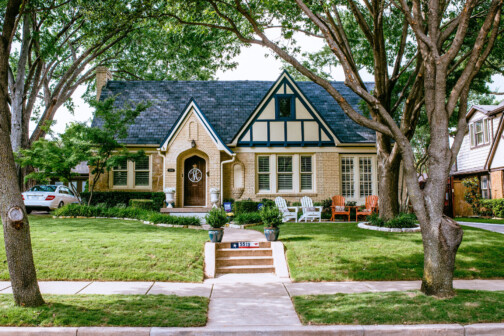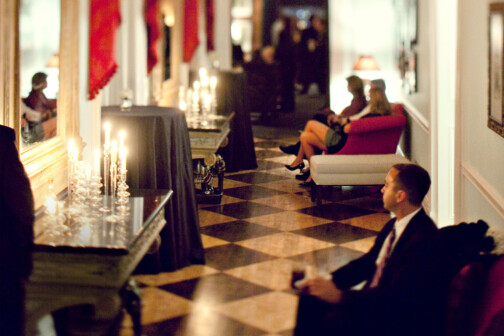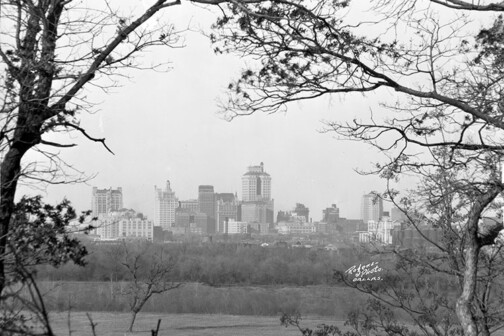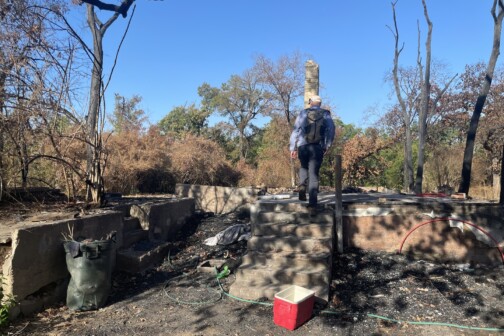The Longhorn Ballroom began its life as Bob Wills’ Ranch House, where the eponymous king of Western swing would sometimes ride his horse, Punkin, out on the dance floor before his Texas Playboys began performing. The Longhorn, which celebrated its long-awaited resurrection last year, has not hosted an act with that famous handle in decades. That changes on Saturday night.
Bob Wills’ Texas Playboys, under the direction of fiddler Jason Roberts, will make its first appearance at the cavernous venue on Feb 3. The show is in partnership with the Austin-based nonprofit Texas Dance Hall Preservation.
These are near mythic boot prints for the new Playboys to stand in, and its twin fiddles, pedal steel, and other instruments may summon the musical ghosts as the Playboys perform 99 percent of Bob Wills’ Western swing. “I want to play his music where Bob would give us a little ahhh-haaa holler if he walked in the door,” says Roberts.



